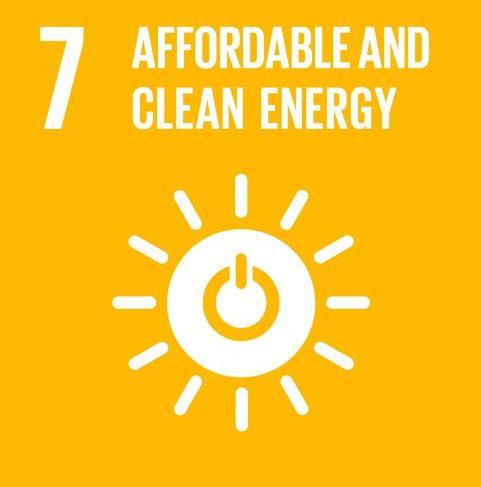ROBOTIC ASSEMBLY OF PHOTOVOLTAIC ARRAYS
CHANDLER CALKINS, GLEN FINDLEY, TYLER GRONER, HOLLY KEIR, GRANT LUCKE, DAVID VOROUS
CONCEPT DEVELOPMENT
INTEGRATION
• 3-D prints used to hold end effectors on robotic arms:
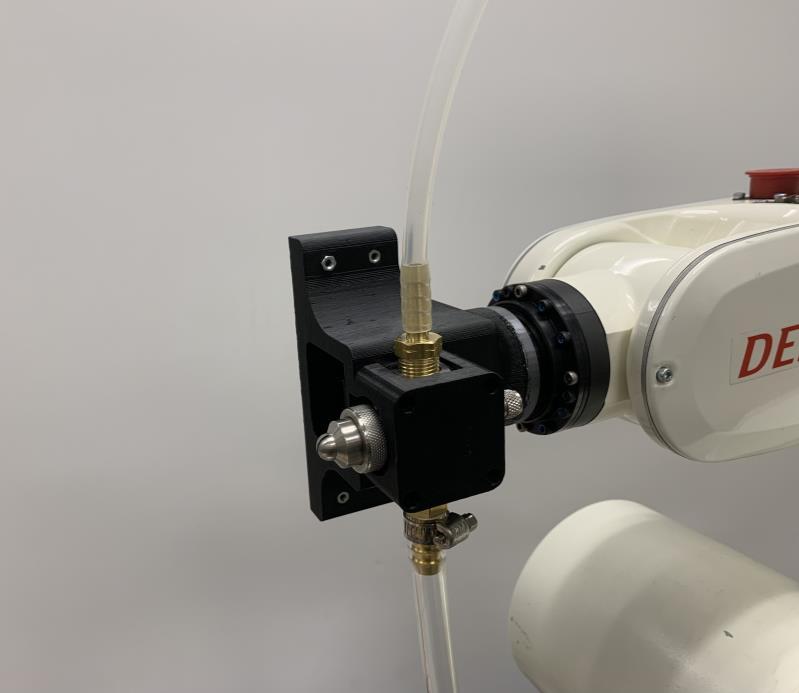
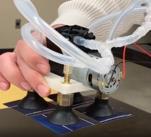
o Vacuum end effector uses hosing and vacuum pump for suction
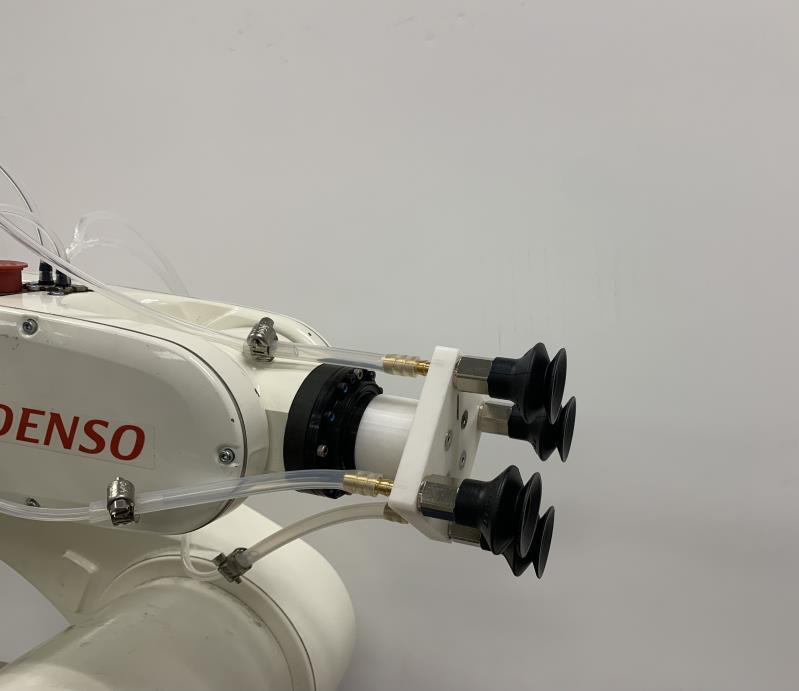
OBJECTIVE
Design, build, and demonstrate a repeatable and automated assembly process for compiling thinfilm cells into larger photovoltaic arrays using two robotic arms.


BACKGROUND AND VALUE PROPOSITION
Current solar array assembly methods are expensive, time-consuming, and error-prone. We aim to develop NASA's more efficient patented process of assembling solar arrays.
• Estimated reduction from $450/Watt to $25/Watt
• Large scale production
• Solar array manufacturing in space

KEY REQUIREMENTS
• Robotic arms completes 4 step process without operator interaction
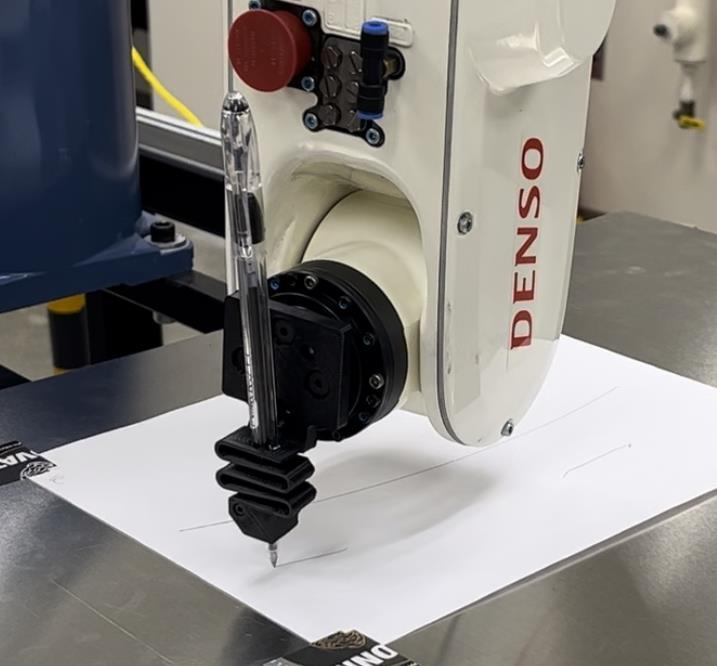
• Robotic arms complete the 4-step process within 35 minutes
• Use 2-inch square solar cells to create a 4 x 4 array
• Complete the assembly process twice to demonstrate repeatability
• Suction cups without bellows prevented flexibility when lifting fragile cells
• Conductive Ink Pen with holding spring proved too stiff and inconsistent
• Single spray adhesive applicator produced inconsistent spray
• Mini I/O and hand I/O couldn't send signals to end effectors
• Communication through ethernet signals between arms
FINAL DESIGN
Sponsors and Mentors: Brian Boogaard, Austin Bumbalough, John Carr, Jacob Friedberg, Senami Hodonu Dr. Michael Maughan, Dr. Matthew Swenson, Nagendra Tanikella
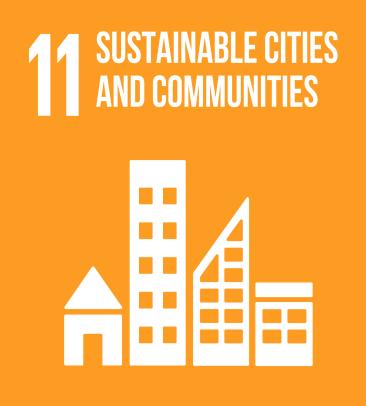


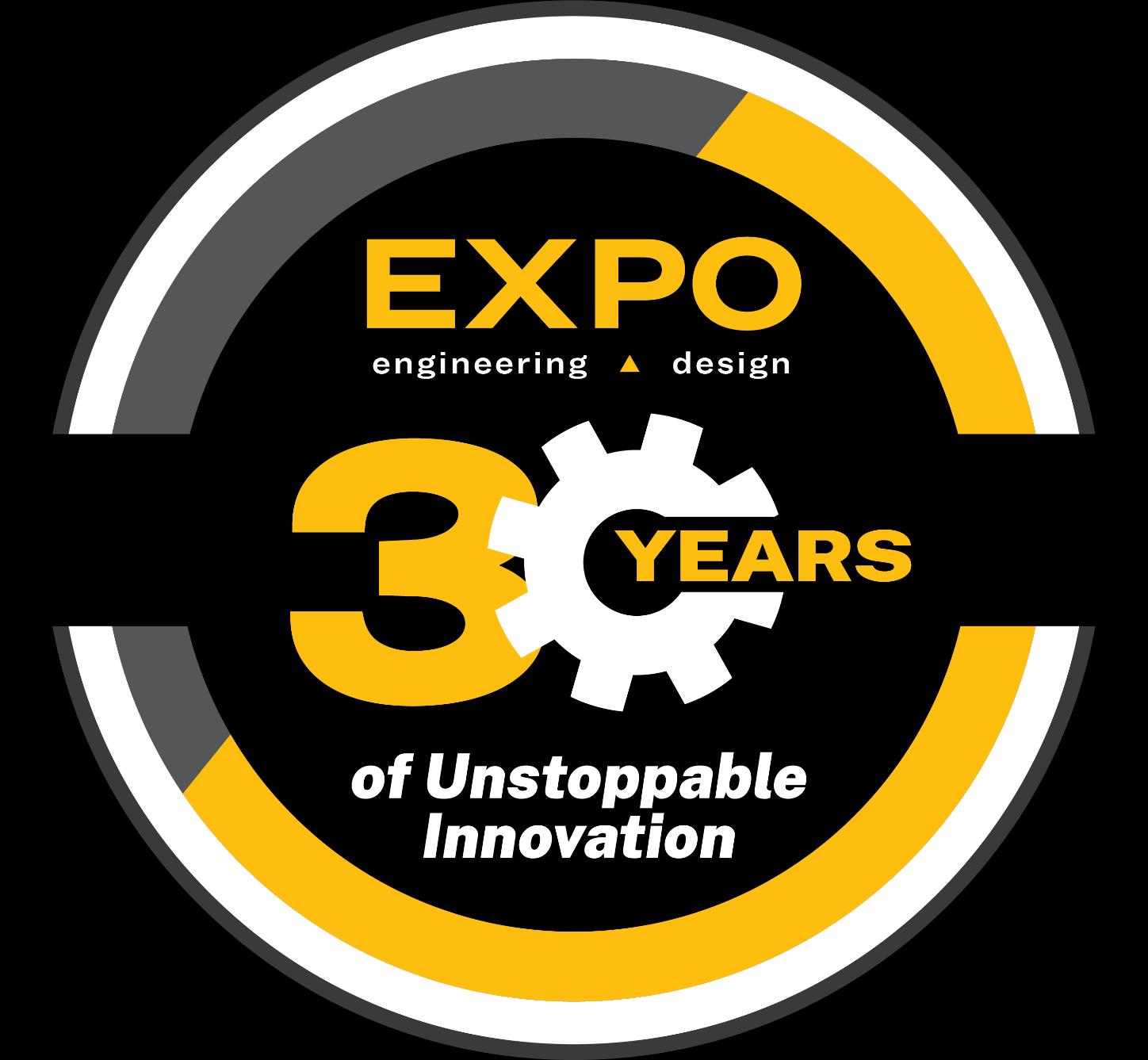
o Atomizing spray nozzle with pump and compressed air
o Arduino and stepper motor work together for controlled dispensing of ink
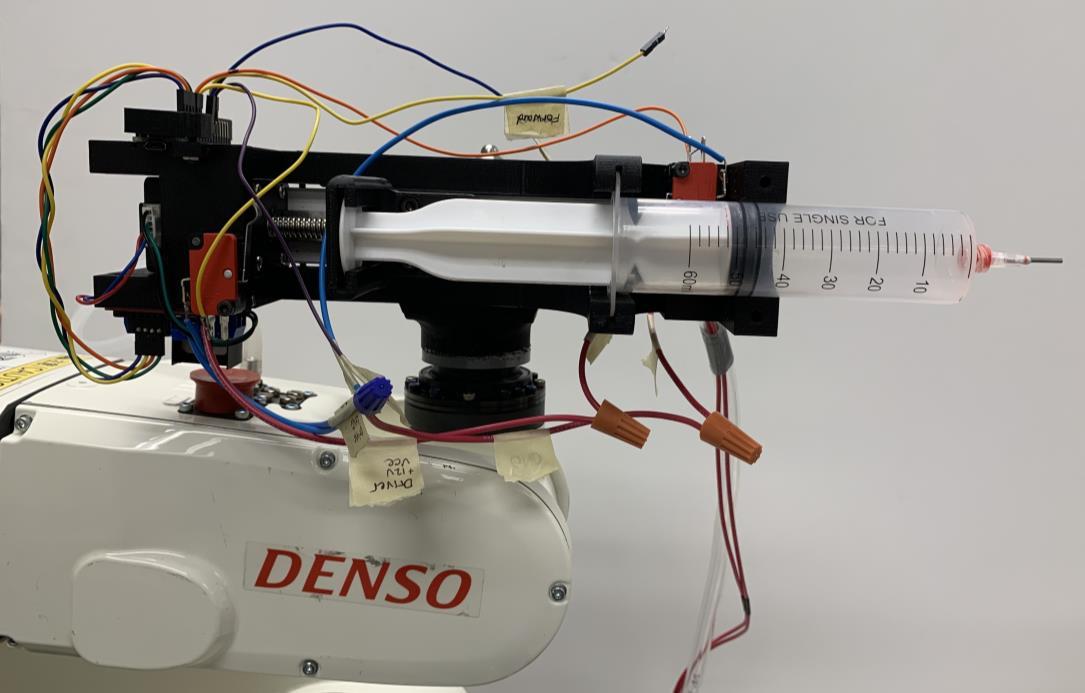
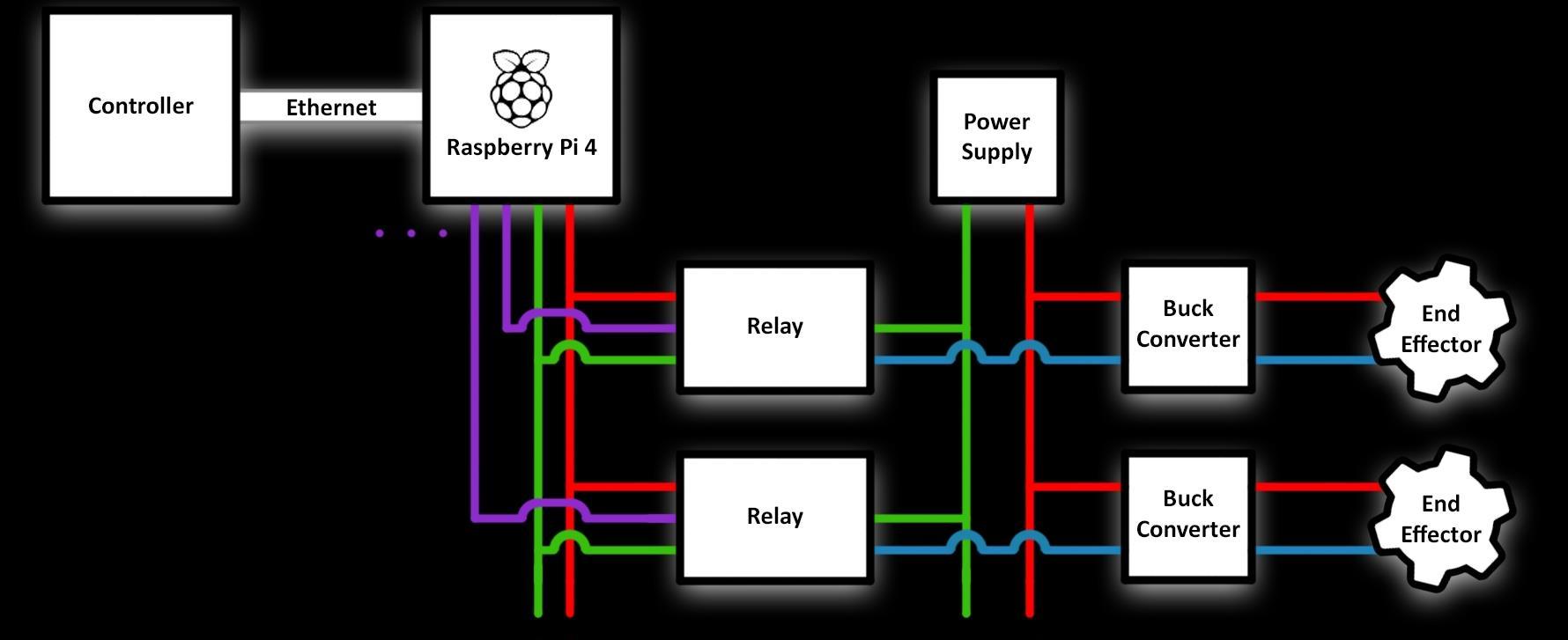
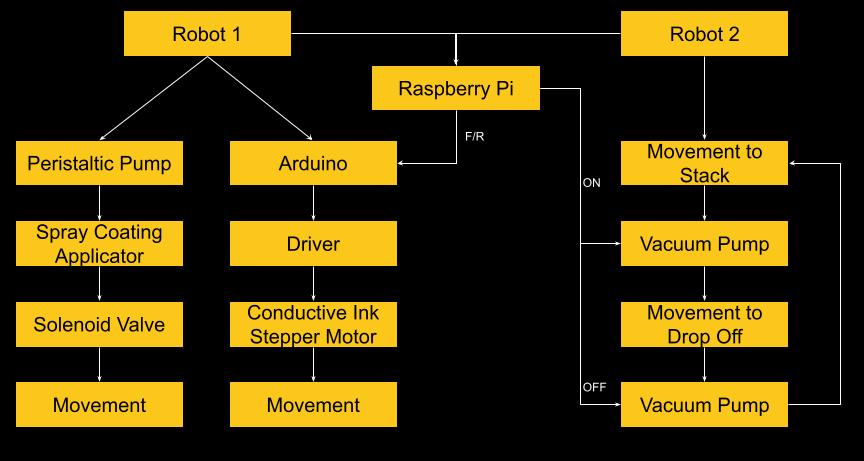
• Coding communication between both arms
• Voltage stepped down from power supply for required electrical components

RESULTS
• Each sub-assembly operates properly
• Robotic arms can send signals to end effectors for power
• Full surrogate solar array created with minor human interaction
